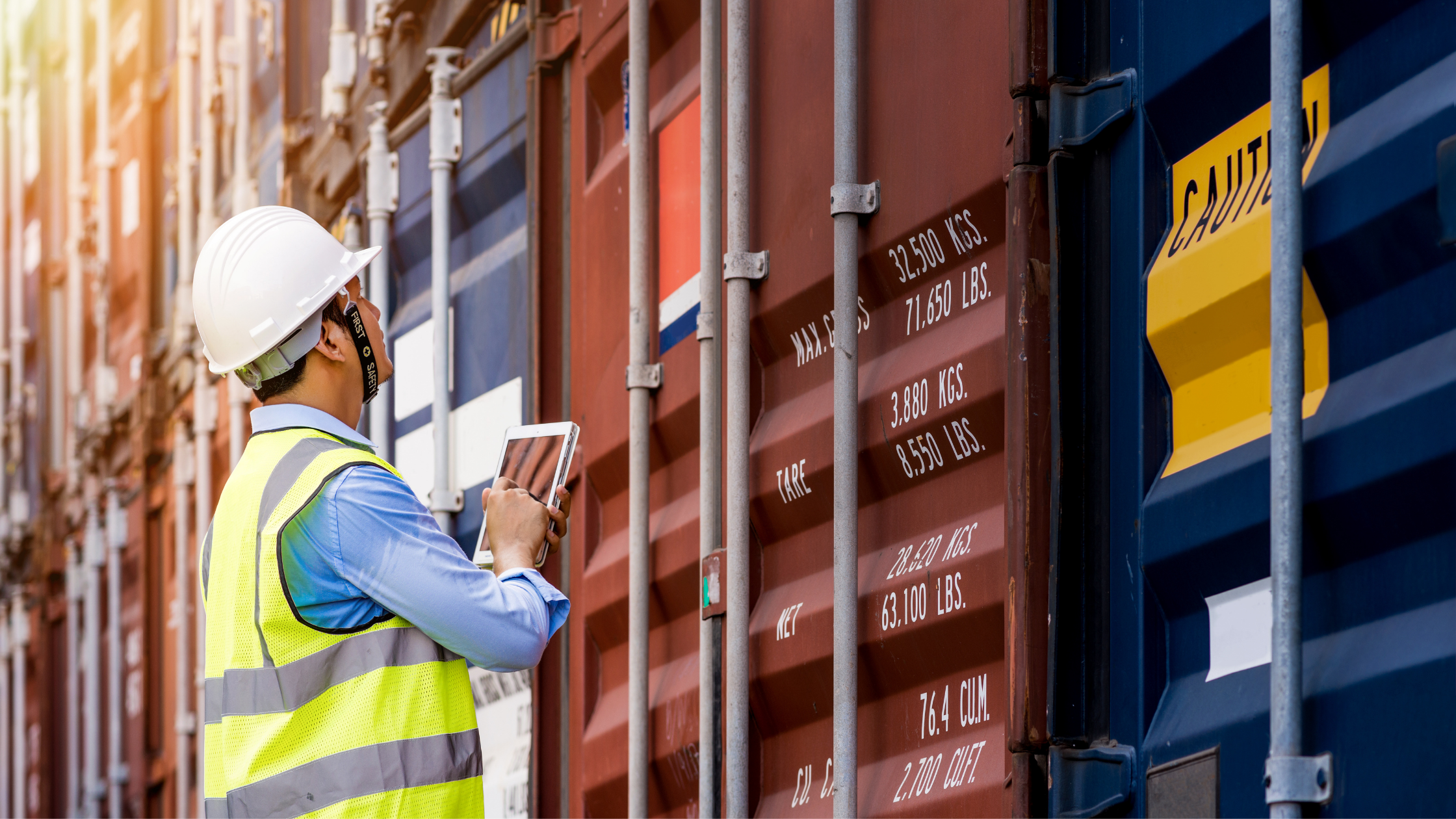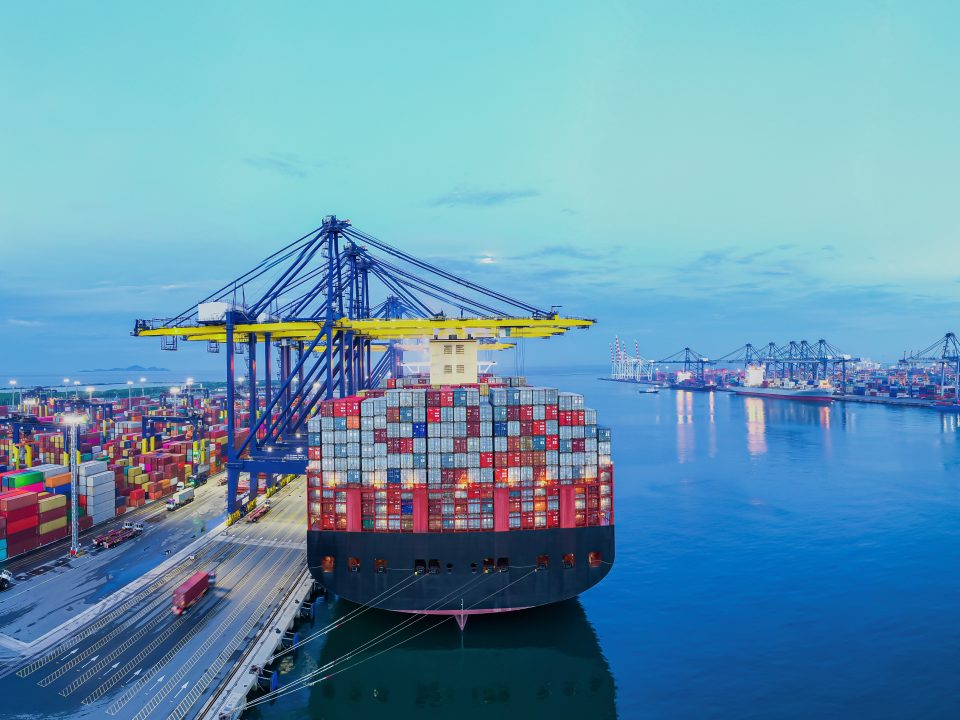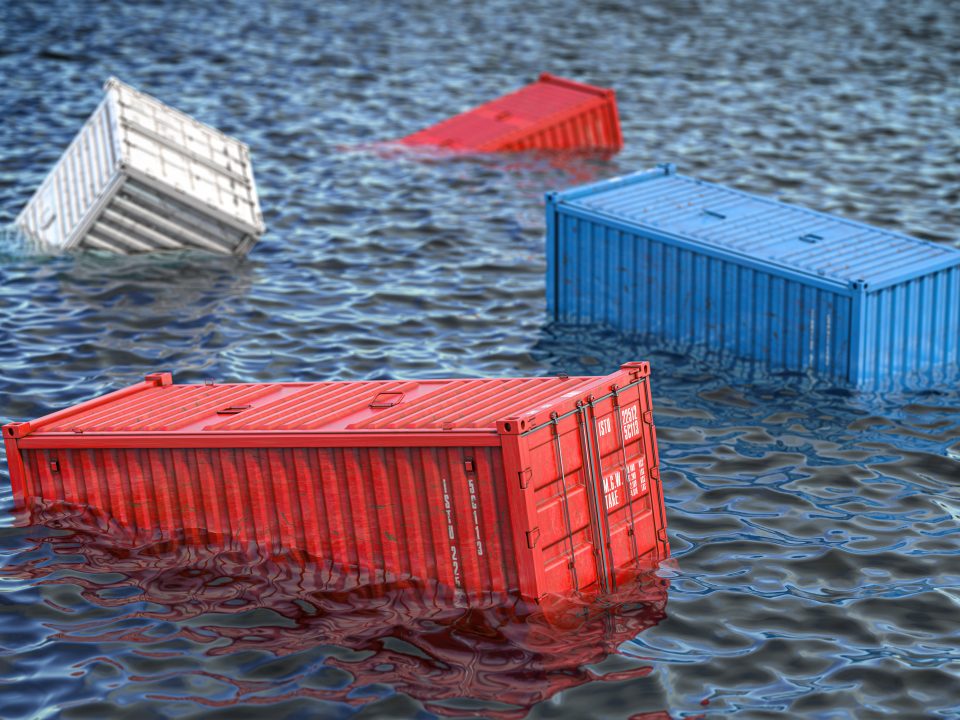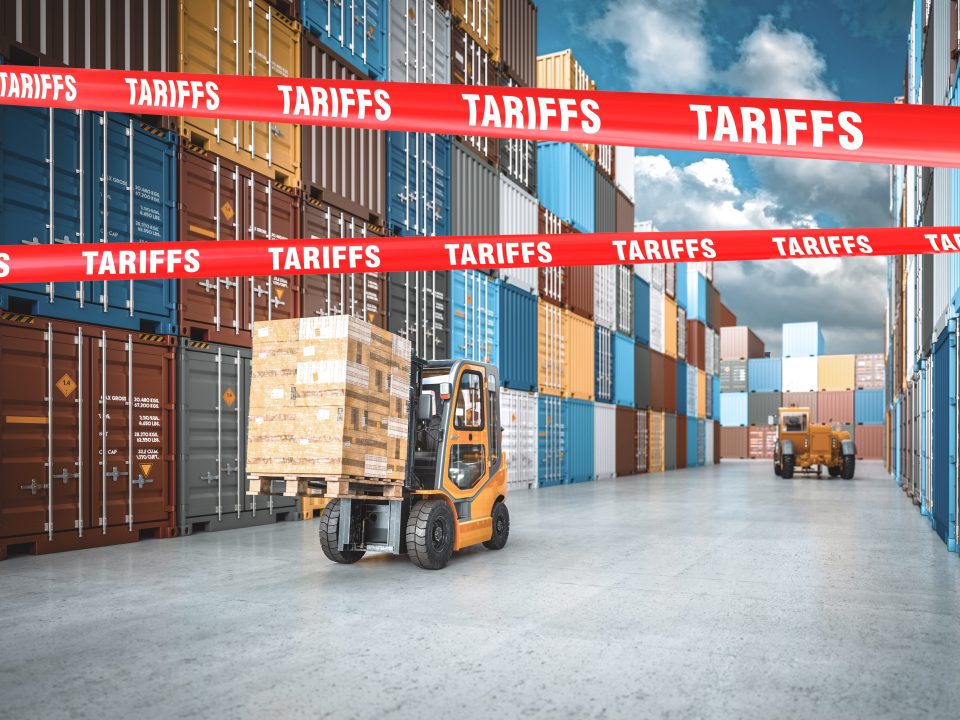
Current Challenges with the Trucking Industry
October 22, 2021
New Emergency Fees to Clear Cargo from the Ports
October 29, 2021Weekly Vessels Anchored and at Terminals as of 10/22/2021
LA & LB: Anchored 66 | Terminal 31
Oakland: Anchored (nil) | Terminal 6 | Drifting (nil)
NWSA: Anchored 1 | Terminal 5 | Drifting 15
Vessel Congestion Update
Ports of Los Angeles and Long Beach
Southern California Marine Exchange reported there were a total of 159 ships in the ports of LA/LB as of October 19, 2021. This included 98 container ships with 68 at anchor or in hold areas and 30 at berth. Container vessels are waiting an average of 10-12 days to reach a terminal to unload the containers.
The neighboring LA port city of Wilmington is currently experiencing a pileup of empty cargo containers along residential streets and designated truck corridors that include surrounding communities. Gene Seroka, Executive Director of the Port of LA, stated in part: “reducing the impacts on neighborhoods surrounding the port is a ‘high priority,’” and he urges people to report problems. As the ports of LA/LB have instituted extended gate hours for the second week, importers wait an average of six days for a truck to pick up a load and street dwells are up to nine days on average with rail dwell time up to 14 days. Port congestion and bottlenecks at jammed warehouses and inland freight terminals continue to extend the time it takes for toys, apparel, and other products to get from manufacturers in Asia to U.S. retailers. The cargo journey takes 75 days or more with local cargo shipments trapped on the water for a month or more with an estimated value at $22 billion.
Ports of Seattle and Tacoma (NWSA)
On October 19, 2021, John Wolfe, CEO of the Northwest Seaport Alliance (NWSA) announced about 15 cargo ships are waiting to berth at the ports of Seattle and Tacoma. Wolfe advised: “the norm has been for container vessels to go directly to the dock.” Wolf further stated: “Terminal operators at the ports have added some night shifts and some offer Saturday operations to tackle the current congestion being experienced.” While NWSA terminal operators are in discussion to standardize the extended gate hours, Wolf indicated, “that alone will not be enough to fix the congestion issue.” Truck and warehouse space is in short supply and Wolf stated in part: “when any portion of the supply chain starts to be stretched to the limits, it’s like a domino effect and when one domino falls, the other pieces of the supply chain then start to fail and that’s what is being experienced.”
Port of Oakland
The Port of Oakland announced on October 19, 2021, its terminals are congestion-free and seeking carriers to reroute cargo to Oakland from other busier ports. Bryan Brandes, Port Marine Director stated: “There is no congestion at the port of Oakland and it is ready for more business.” The port has not experienced vessel backlogs since August and could help ease the current gridlock from Southern California ports by steering ships back to the port of Oakland.
Oakland services to handle container ships have returned as the three terminals are fully operational. There are no container vessels waiting for berth space to be unloaded, unlike in June, when ships were at anchorage. Bryan Brandes, Port Maritime Director, expects vessel calls to rise and that services suspended or diverted should return to Oakland before the end of the year. Some diversions and suspensions of vessel calls were experienced due to insufficient labor and the temporary loss of one of Oakland’s three piers, which occurred while installing new post-panamax cranes. Today, piers and cranes are fully operational and more dock workers were recruited to boost the labor force.
Starting November 13, 2021, Carrier Alliance ONE will resume service to Oakland by adding its PS5 service that will operate from the Ports of Shanghai to Ningbo and cross the transpacific to Los Angeles and Oakland.
Port of Houston
On October 20, 2021, Splash indicated: “The Port of Houston is limiting vessel discharges so as not to overwhelm container operations. The port is experiencing equipment shortages for chassis, gensets, and reefer plugs along with labor shortages for crane operators and sporadically for truck drivers.”
Port of Savannah
Ships are delayed up to eight days on average waiting for a berth. The port has continued, since August, to use the first-come, first-served policy which has made a trivial difference to improve the wait time of the vessels in the queue.
Federal Maritime Commission (FMC) – Update
Since March 2020, the FMC has been investigating congestion and bottlenecks at ports and other points in the supply chain that pose a serious risk to the U.S. economy. The commission has urged ocean carriers to rapidly adopt the following three best practices: Display detention and demurrage charges clearly and prominently on their webpage or customer portal; develop and document clear internal processes on all matters related to detention and demurrage where they have not already done so; clearly delineate dispute resolution procedures, contacts, and required documentation on their websites and invoices. The work of the VOCC Audit Team and Fact Finding 29 will continue.
In September 2021, the commission voted to begin work on an Advanced Notice of Proposed Rulemaking on detention and demurrage billing practices due to be published in the coming months. As well, it is moving forward implementing five of eight “interim recommendations” that Commissioner Dye made to address detention and demurrage from the fact-finding exercise referred to as Fact Finding 29, meant to address current conditions contributing to congestion and other inefficiencies in the ocean freight system. The remaining three interim recommendations will require action by Congress to change existing law.
Please contact your Western Overseas representative with any questions.





